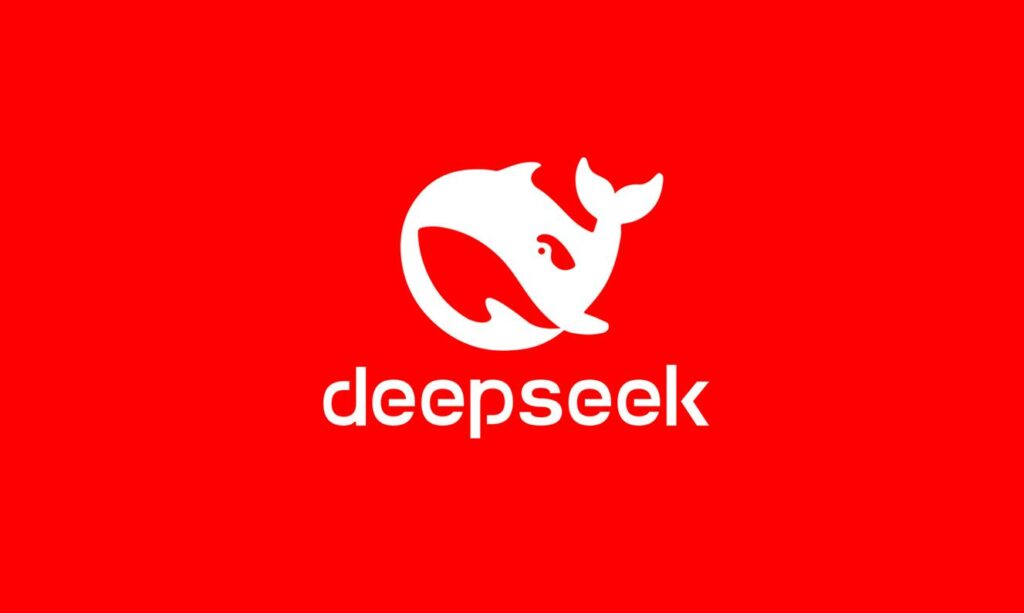
There was a day when DeepSeek surprised half the world by demonstrating that much could be done with less. Today it returns with version 3.1 and a message that doesn’t go unnoticed: the model has been prepared for the next batch of Chinese chips.
We’re not talking about an automatic market reversal, but rather a concrete bet that points in an uncomfortable direction for NVIDIA and company. If this technical harmony with Chinese hardware translates into performance, the debate over who powers AI in China will sound very different.
According to the company’s own statement, V3.1 introduces hybrid inference in the purest GPT-5 style: a single system with two paths, Think (deep reasoning) and Non-Think (fast response), switchable from the website and the app. The wording is clear: “Hybrid Inference: Think and Non-Think, One Model, Two Models.” The company also emphasizes that the Think version “gets answers faster” than its predecessor. In other words, not only the weights have changed, but also the inference modes already in use.
In a pinned comment on its latest WeChat post, DeepSeek writes: “UE8M0 FP8 is for the next generation of domestic chips.” This is the sticky point: it suggests that the company has adapted the data format, apparently an FP8 labeled UE8M0, to the next wave of Chinese processors.
Bloomberg and Reuters pick up on the message and summarize it: V3.1 is “customized to work with China’s next-generation AI chips.” In other words, an optimization geared toward the local ecosystem.
FP8 is an 8-bit format that’s half the size of FP16/BF16. With native support, it allows for higher performance per cycle and less memory, provided the scaling is properly calibrated.
The official Hugging Face model sheet states that DeepSeek-V3.1 “was trained using the UE8M0 FP8 scaling format,” which indicates that it’s not simply a weight-packing process, but that training and execution have been specifically tailored for such precision. The tricky part, and it’s worth being cautious, is that everything points to several chips being implemented in the future that can exploit this scheme natively.
So, is this bad news for NVIDIA?
Data for the fiscal year ending January 26 indicate that China accounted for about 13% of the company’s revenue, led by Jensen Huang. If part of China’s AI shifts from NVIDIA’s classic GPU + CUDA ecosystem to domestic solutions based on the UE8M0 FP8 form factor and capable of delivering good results (presumably Huawei’s Ascend chips), demand for Western solutions could erode over time.
All of this is happening against the backdrop of US export controls: restrictions aimed at limiting China’s access to cutting-edge chips and which have also accelerated its drive for self-sufficiency.
This year, the Trump administration conditionally reinstated exports of H2O, a chip designed for China. Since then, H2O’s status has fluctuated amid permits, Chinese regulatory pressure, and NVIDIA’s plans to introduce Blackwell-based alternatives.
The underlying message is that the framework is political and evolving, and any path that allows China to become less dependent on these windows has strategic value.
Follow us on Google News to receive daily updates on cybersecurity. Contact us if you would like to report news, insights or content for publication.
